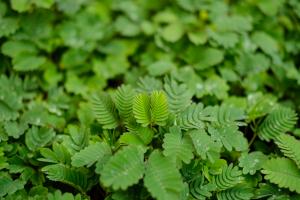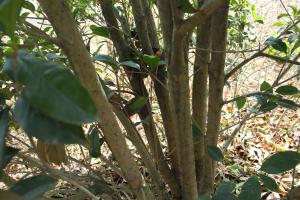How to Trim Overgrown Tomato Plants
Tomatoes are a popular vegetable for home gardeners. However, if left unchecked, tomato plants can quickly become overgrown and unwieldy. Overgrown tomato plants not only look messy but can also result in low fruit production and poor fruit quality. Trimming overgrown tomato plants is essential to maintaining healthy, vigorous plants and ensuring a bountiful harvest. Follow these steps to trim overgrown tomato plants:
Step 1: Assess the Plant
The first step before trimming an overgrown tomato plant is to assess the plant. Determine which areas of the plant are overgrown and need to be removed. Pay attention to areas such as the top of the plant, lateral branches, and suckers. Look for unhealthy and diseased foliage and any signs of insect infestation.
Step 2: Prune the Top
Once you have assessed the plant, start by pruning the top. Using a pair of sharp, clean scissors or pruning shears, cut the top stem of the plant back to the desired height. This will encourage the plant to focus on growing more fruit and lateral branches rather than growing taller.
Step 3: Remove Lateral Branches
After pruning the top of the plant, it's time to remove lateral branches. These are the branches that grow from the main stem of the plant. While these branches aren't necessarily bad, they can quickly become overgrown and take energy away from developing fruit. Carefully remove any lateral branches that look unhealthy, dead, or crossing over other branches. Only leave branches that are healthy and robust with plenty of space to grow.
Step 4: Eliminate Suckers
In addition to trimming lateral branches, you must also eliminate suckers. Suckers are the small shoots that grow in the crotch between the stem and the lateral branches. Suckers don't produce fruit and can take energy away from the main stem and fruit production. Carefully pinch off any suckers to keep the plant focused on producing fruit.
Step 5: Remove Damaged Leaves
Tomato plants are susceptible to disease and insect infestation. When trimming an overgrown tomato plant, inspect the foliage for any signs of damage. Remove any damaged leaves to prevent further spreading of disease or insect infestation.
Step 6: Water and Fertilize
Once you have trimmed your overgrown tomato plant, give it plenty of water and fertilizer. Watering your plant will help it recover from the stress of pruning, and fertilizing will give it the nutrients it needs to produce healthy fruit.
Conclusion
Trimming overgrown tomato plants is essential to maintaining healthy, productive plants. Pruning the top of the plant, removing lateral branches and suckers, and eliminating damaged leaves will keep your plant healthy and focused on producing fruit. With a little effort, your overgrown tomato plant can quickly become a thriving and productive part of your garden.

 how many times do yo...
how many times do yo... how many planted tre...
how many planted tre... how many pine trees ...
how many pine trees ... how many pecan trees...
how many pecan trees... how many plants comp...
how many plants comp... how many plants can ...
how many plants can ... how many plants and ...
how many plants and ... how many pepper plan...
how many pepper plan...




























